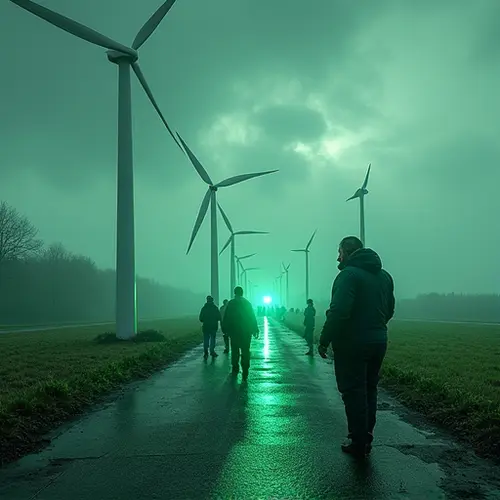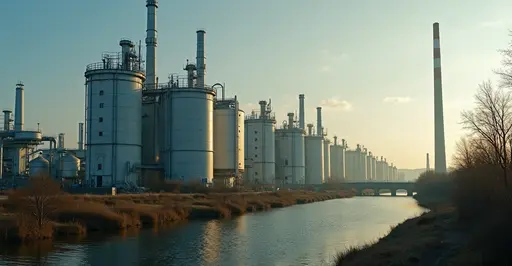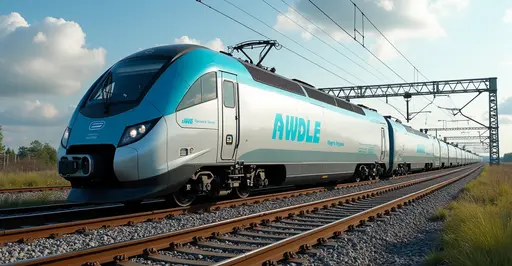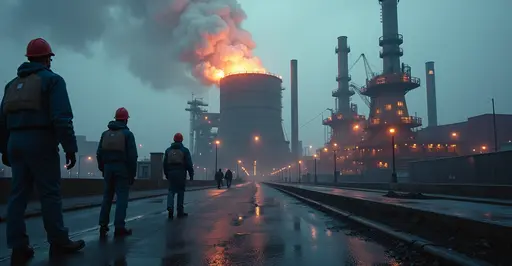Europe embraces hydrogen-powered ferries as sustainable alternative to diesel, with Norway's MF Hydra leading the zero-emission maritime revolution across coastal routes.
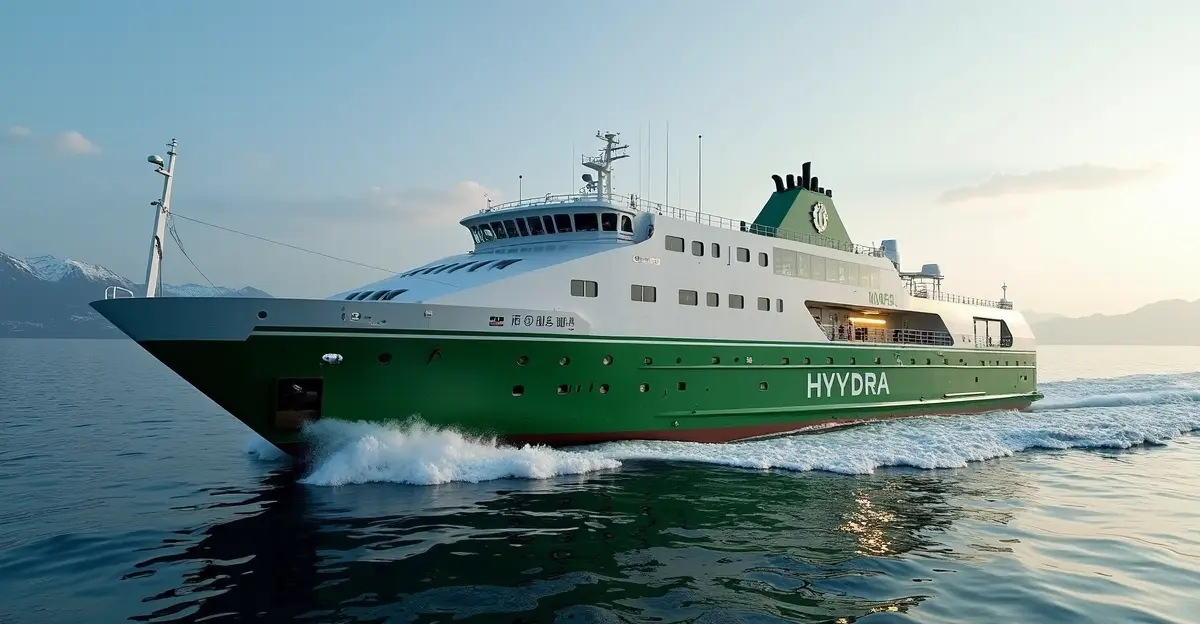
The Dawn of Zero-Emission Maritime Travel
Europe is witnessing a maritime revolution as hydrogen-powered ferries begin to transform coastal transportation. These innovative vessels, running on clean hydrogen fuel cells instead of traditional diesel engines, represent a significant step toward decarbonizing the maritime industry.
Norway Leads the Charge
Norwegian shipping company Norled made history in 2023 by launching the MF Hydra, the world's first liquid hydrogen-powered ferry. This 82.4-meter vessel can accommodate up to 300 passengers and 80 vehicles, operating on the Norwegian fjords with near-zero emissions. "This is just the beginning of a new era in sustainable maritime transport," says a Norled spokesperson.
How Hydrogen Ferries Work
Hydrogen ferries utilize fuel cell technology that converts hydrogen gas into electricity through an electrochemical process. The only byproduct is water vapor, making them environmentally friendly. The MF Hydra, for instance, uses two 200 kW fuel cells, a 1.36-1.5 MWh battery system, and stores 4 tonnes of liquid hydrogen in 80 cubic meter tanks.
European Expansion Plans
Several European countries are following Norway's lead. Germany, the Netherlands, and the UK have announced plans for hydrogen ferry routes connecting major coastal cities. The European Union has allocated substantial funding through its Horizon Europe program to accelerate the deployment of hydrogen-powered vessels across member states.
Environmental Impact
Traditional ferries running on diesel contribute significantly to air pollution in coastal areas. Hydrogen ferries can reduce carbon emissions by up to 95% compared to conventional vessels. "The transition to hydrogen-powered maritime transport is crucial for meeting our climate goals," notes Dr. Elena Martinez, a maritime environmental expert.
Challenges and Opportunities
While the technology shows great promise, challenges remain. Hydrogen production, storage, and distribution infrastructure needs significant investment. Currently, most hydrogen is produced using fossil fuels, though green hydrogen production through electrolysis is expanding rapidly.
The development of hydrogen refueling stations at ports is progressing, with several major European ports planning hydrogen bunkering facilities by 2026. The cost of hydrogen fuel cells has decreased by approximately 60% over the past decade, making the technology more economically viable.
Future Prospects
Industry analysts predict that by 2030, hydrogen-powered vessels could account for up to 15% of new ferry constructions in Europe. The technology is particularly suitable for shorter routes where hydrogen storage requirements are more manageable.
As more countries implement carbon pricing and stricter emissions regulations, the economic case for hydrogen ferries continues to strengthen. "We're seeing unprecedented interest from ferry operators across Europe," says maritime technology consultant Mark Johnson.

 Nederlands
Nederlands English
English Français
Français Deutsch
Deutsch Español
Español Português
Português


